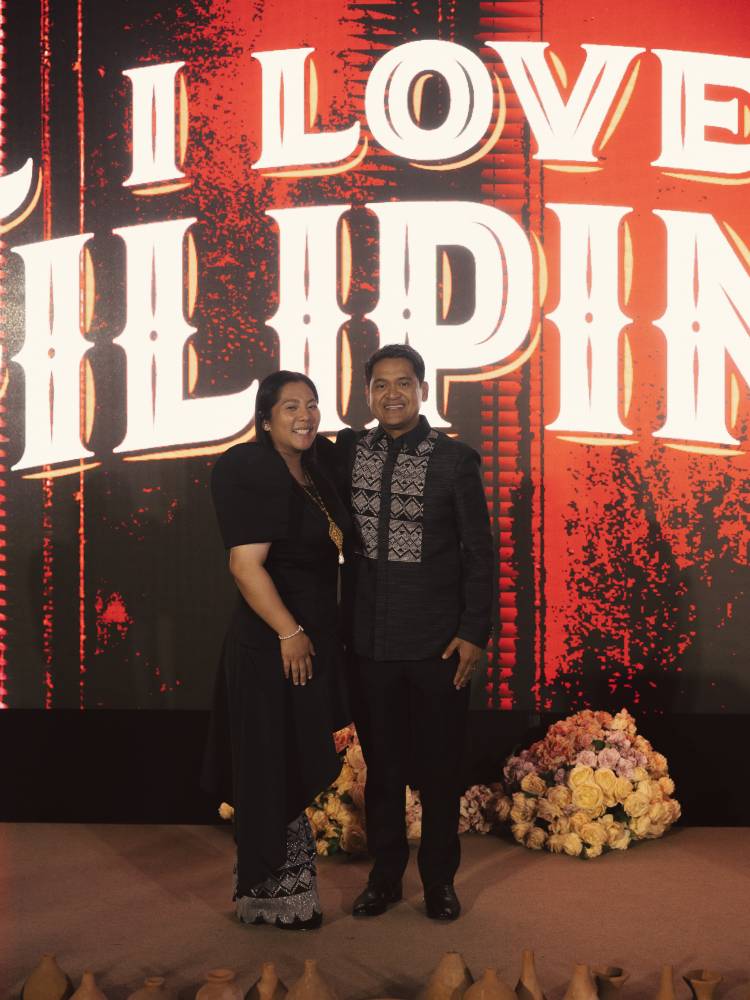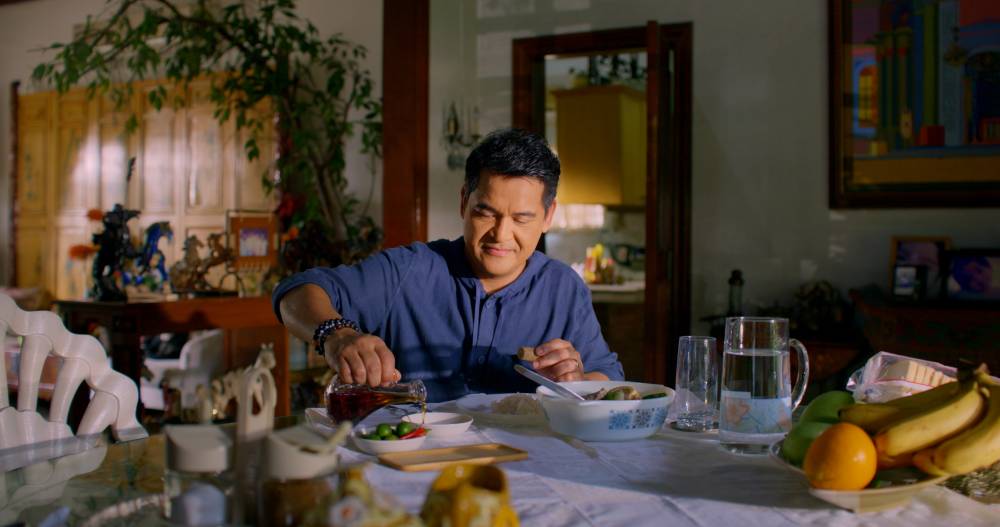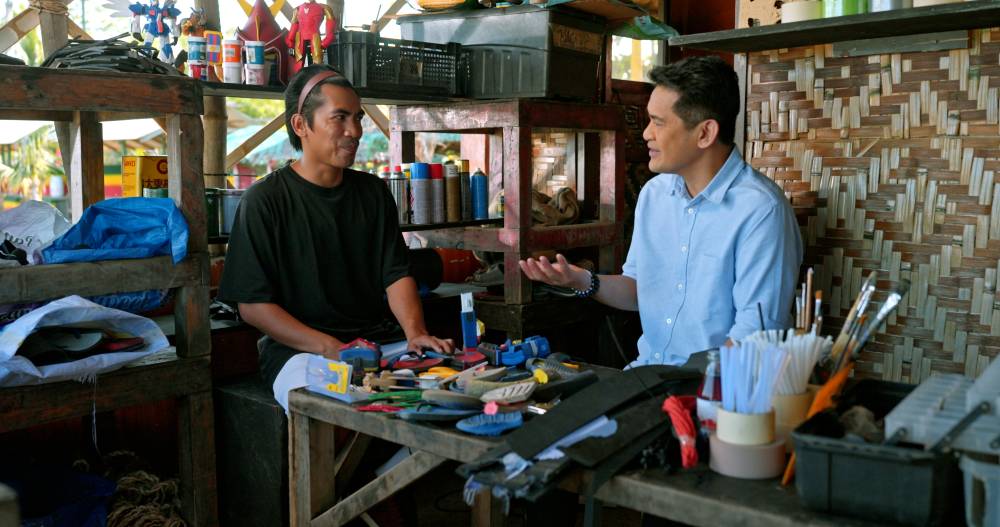What’s to love about being Filipino? This docu shows the ways

“What makes us proud to be Filipino?”
It’s a question far too broad and layered to be answered in a single documentary project, but “I Love Filipino” makes a heartfelt attempt to uncover and stitch together the countless colorful threads of our national identity.
Streaming on Netflix this June 12—just in time for Independence Day—“I Love Filipino” is a five-part docuseries that offers viewers a glimpse into the many elements of Filipino life that spark pride in our culture, heritage, and even in the everyday moments we sometimes take for granted.

“In the process of dissecting each topic, we ran into unexpected discoveries, lessons, and insights that inspired us even more,” said director and producer Marnie Manicad at a recent press screening held at the National Museum of Fine Arts.
Her husband, broadcast journalist and series host-head writer Jiggy Manicad, added: “We have so much cultural wealth … so it’s important to bring these into every Filipino’s consciousness. I hope this series can be a step toward that goal.”

Each episode delves into a different aspect of Filipino life:
“Himig” traces the history Filipino pop music, and how it’s ultimately shaped by our people’s love for celebration, sense of gratitude, and various forms of love—from romance and family to nature and faith. Featuring insights from National Artist for Music Ryan Cayabyab, folk-pop band Ben&Ben, and rock icon Rico Blanco, the episode discusses what makes Filipino music uniquely Filipino, even amid foreign influences.

Beyond taste
“Pinoy Altanghap” takes viewers on a gastronomic journey across the Philippines, highlighting the flavor profiles that define the Filipino palate—from Pampanga’s sizzling sisig and Cebu’s iconic lechon to the charred spices of the Tausug’s tiyula itum. But beyond taste, the episode—through reflections by food historian Felice Prudente Sta. Maria and chefs like Claude Tayag—explores how food becomes a medium for affection and hospitality, memory, and vessels for stories and family heritage.
In “Bahay Kubo,” modern Filipino architects—such as Tina Bulaong, Gelo Mañosa, and Andy Locsin—pay tribute to the nipa hut and the lasting imprint it has left on their design DNA. Even as they explore diverse architectural philosophies, it’s a wonder, they say, how the sensibilities of the so-called “poor man’s hut”—functional, sustainable, and adaptable—inevitably, and often unconsciously, surface in their work.
“Juan with Art” celebrates the creativity and global impact of Filipino visual artists. Comic book artist Leinil Francis Yu, painter Ronald Ventura, tsinelas artist Elmer Padilla, and sculptor Michael Cacnio share their journeys, shedding light on the discipline, vision, and work ethic that brought their art to international recognition.

Uplifting content
“SawsawJuan,” which began as a lighthearted segment, evolved into a full episode exploring the communal world of Filipino dipping sauces. Why do we dip fries in sundaes? Why do we flood our rice with fast-food gravy? This episode tries to make sense of our shared quirks around this culinary tradition.
With the series set for international release, Manicad hopes to “ignite lively discussions” and present the Philippines in a positive light.
“I’ve always believed that helping the country through the production of uplifting content can also lift our spirits as a nation, helping us face whatever challenges may come,” said the filmmaker behind the 2013 movie “Dance of the Steel Bars.”
Guided by her love for God and country, Manicad sees her work as a small but meaningful way of giving back. “Sana mag-iwan ito ng kurot sa inyong mga puso—something that makes you want to say, ‘I love being Filipino,’” she said.

















